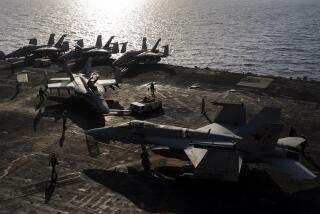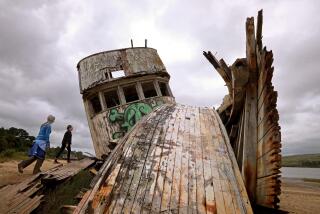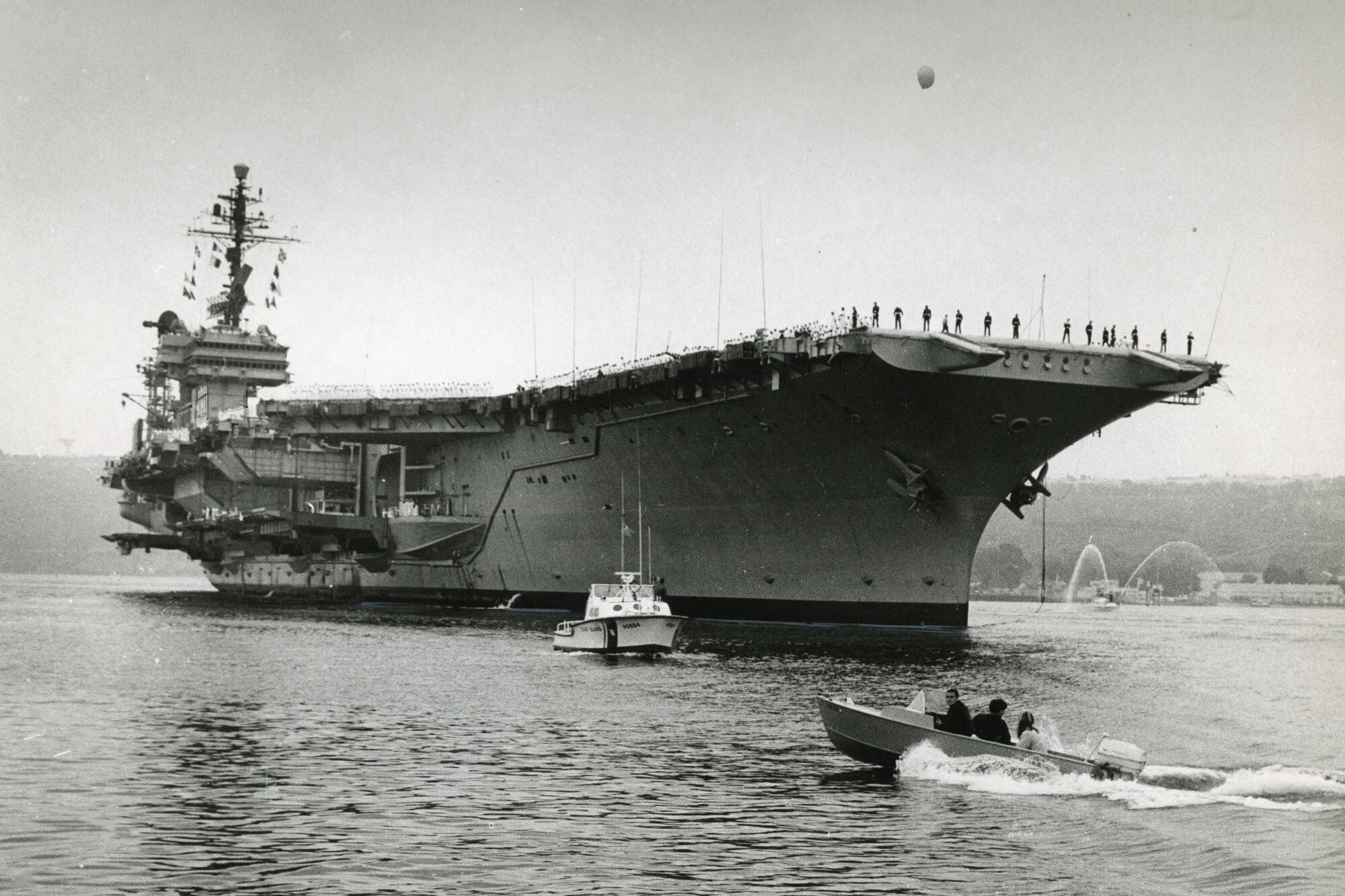
SAN DIEGO — The aircraft carrier Kitty Hawk steamed into San Diego in the fall of 1961 with fanfare usually enjoyed by royalty, wrote the San Diego Union’s Lester Bell in a story announcing the warship’s arrival. A swing band on a barge at the mouth of the newly dredged harbor channel played “California, Here I Come,” and fire boats spraying plumes of water escorted it to North Island.
The Kitty Hawk would call San Diego home for the next 37 years, before spending its last decade of operations in Japan. It was decommissioned in 2009. For the next 12 years, it sat with other retired ships in Puget Sound, Wash.
As is often the case, the men — and, starting in 1994, women — who served on the Kitty Hawk through the years came to see it as home, and many harbored deep attachments long after their service.
I’m one of them; I served on the ship as an aviation electronics technician from January 2003 to January 2007, when it was based in Japan. We were always busy and always out to sea and the shared suffering forged lasting friendships among the crew.
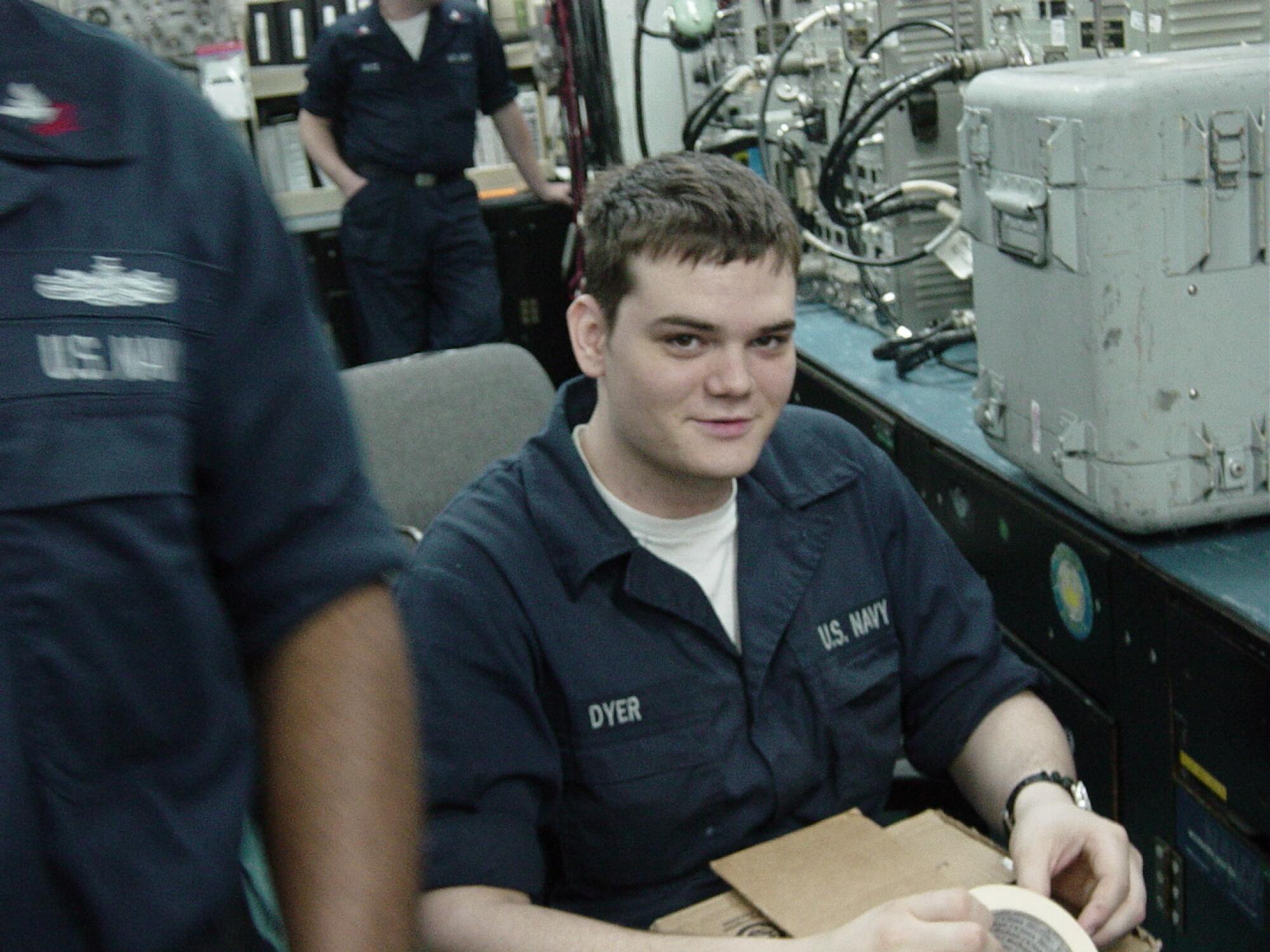
Veterans of the massive ship tried in vain to have it converted into a museum. The Navy was quick to reject the group’s proposal and an appeal, saying the Kitty Hawk was slated for dismantling. But its longevity also may have worked against it; some potential competitors beat it to retirement — and preservation. There are already five existing aircraft carrier museums, including the USS Midway Museum in San Diego. And other cities have other types of museums built around old ships, such as the Battleship Iowa Museum in Long Beach.
With these museums already established, there was little enthusiasm to convert the Kitty Hawk.
So it was that on Jan. 15 the Kitty Hawk was tugged out of Bremerton, Wash., for a slow tow around Cape Horn at the tip of South America en route to its final, ignominious end: a Brownsville, Texas, ship breaker. Its 60,000 tons of steel will be sold off as scrap.
“Ships are haunted — they hold the soul of the crew. The attachment of a ship and a crew maybe transcends rational thought. You invest your energy, your emotion, your friends, your dead friends ... how many hugely emotional events in a sailor’s life are associated with the crew, with the Kitty Hawk?”
— Tom Parker, former commanding officer
The contract for the scrapping of the Kitty Hawk was awarded for 1 cent.
Jason Chudy, a retired Navy chief petty officer living near Seattle, estimates that about 250,000 sailors served on the carrier during its lifespan. Chudy is the membership coordinator for the Kitty Hawk Veteran’s Assn., and he was involved in the effort to save the ship from the scrapper.
“We were surprised and extremely disappointed,” Chudy said. “The denial came back quick. We tried again, but all came to naught.”
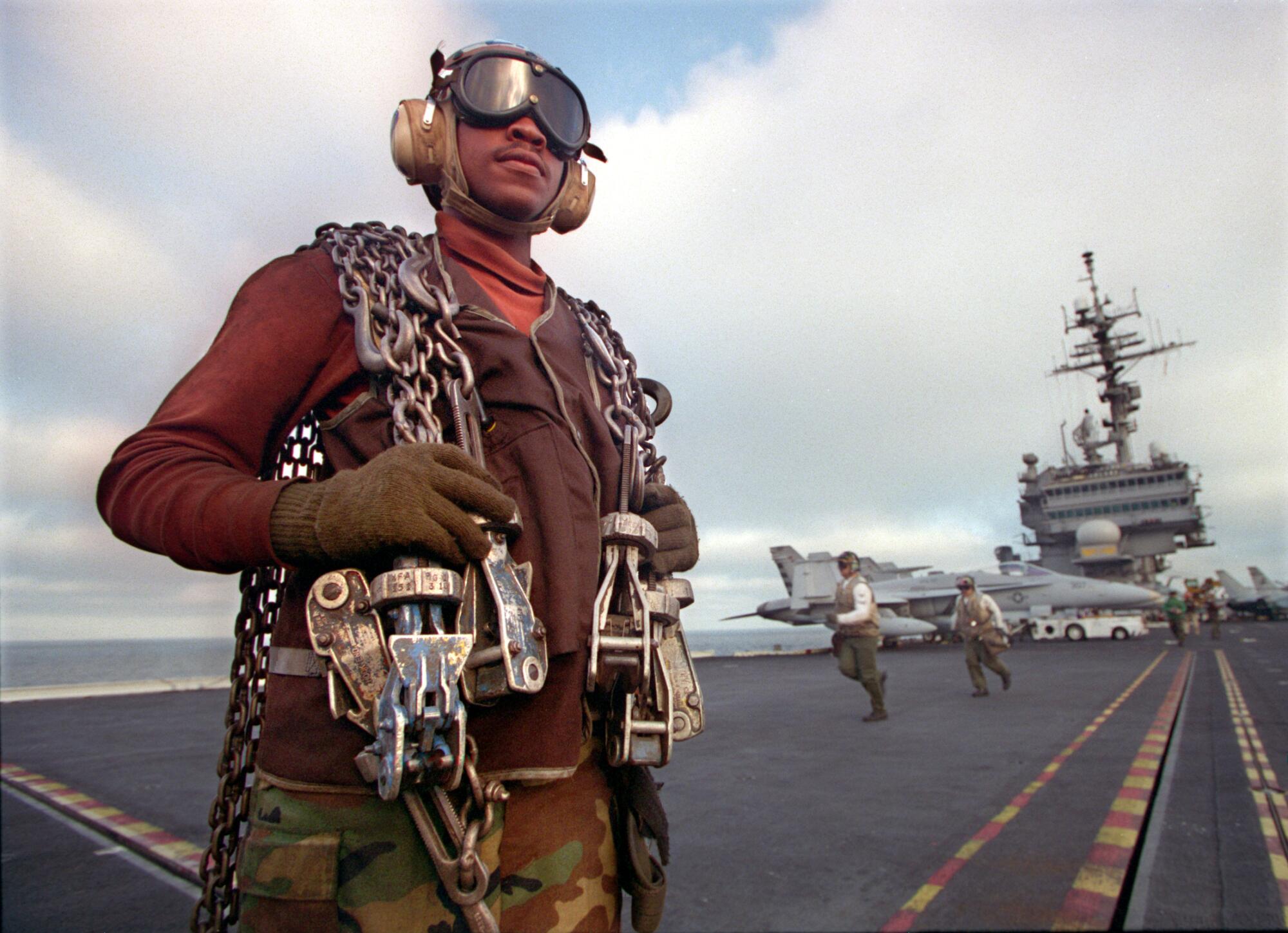
Cat and mouse
The Kitty Hawk’s keel was laid Dec. 27, 1956, at New York Shipbuilding in Camden, N.J., and was launched at a final cost of $178 million, or $1.7 billion in 2022 dollars. (Compare that with the $13 billion cost of the Navy’s latest carrier, the nuclear powered Gerald R. Ford.)
The Kitty Hawk’s 48 years of service spanned 10 presidents and several overseas conflicts. The ship deployed multiple times to Vietnam, fought in the Gulf War and participated in operations in Afghanistan and Iraq.
At times, unrest back home penetrated the vessel’s hull. In 1972, a race riot erupted on board as Black sailors, frustrated with racist attitudes among white crew members, roved the ship beating their fellow sailors with pipes and wrenches. The ship’s executive officer — Cmdr. Benjamin Cloud, a San Diego-born airman and son of one of the city’s first Black police officers — helped quell the violence by meeting with Black sailors. He died in El Cajon in August.
Other Navy ships had similar incidents in the 1970s, but the violence on the Kitty Hawk was the worst example and led to congressional hearings.
While not participating in combat operations, the Kitty Hawk patrolled the western Pacific at the height of the Cold War, often playing cat-and-mouse with Soviet and Chinese submarines.
David Thompson of San Diego was a Navy crewman who hunted submarines on Navy S-3 Viking jets. Although attached to an air wing and not the ship itself, Thompson’s squadron operated from the Kitty Hawk from 1979 through 1981 and again from 1993 to 1994.
“This was my first ship and there’s a lot of memories,” he said. “In ‘81, just after pulling out of port, I got to hunt my first Russian submarine. I’ve been on several ships and the Kitty Hawk is one of the most memorable.”
In 1984, after Thompson’s squadron had left the ship, it collided with a Russian submarine as it surfaced near South Korea.
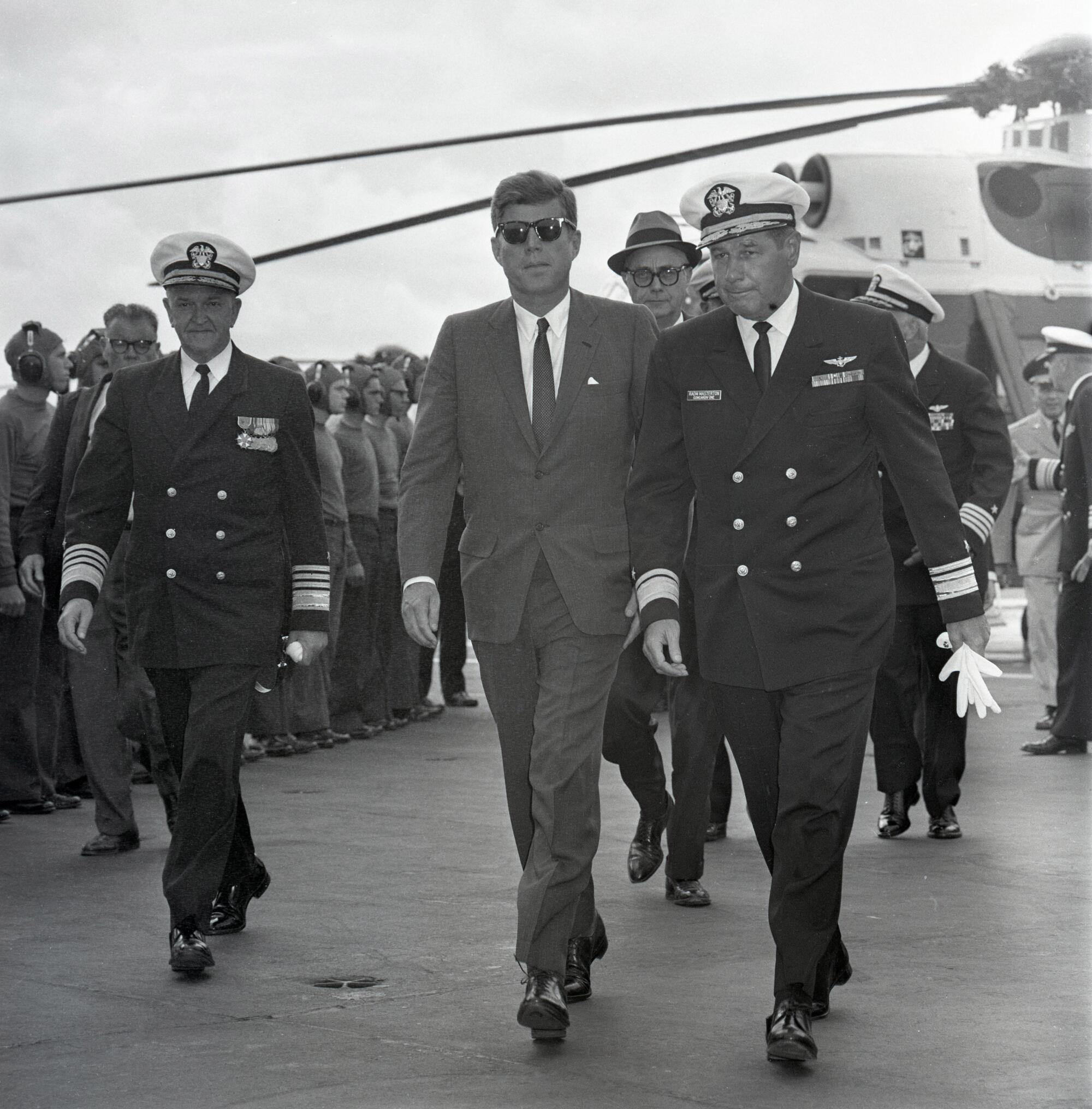
‘Geriatrics for carriers’
Although not the first so-called supercarrier, the Kitty Hawk was hailed at the time as the “forerunner of a new and greatly improved line of carriers” by Adm. Arleigh Burke, then the chief of naval operations.
The Kitty Hawk was the next-to-last U.S. aircraft carrier built to run on diesel fuel. The nuclear-powered Enterprise was launched the same year and the Nimitz was commissioned in 1975, launching a new class of 10 atomic carriers. Two of them, the Abraham Lincoln and the Carl Vinson, are currently based in San Diego.
The Kitty Hawk’s diesel power plant became one of the most challenging aspects of keeping the ship operational, said Tom Parker, a retired Navy captain who was the ship’s commanding officer from 2003 to 2005.
“My chief engineer told me once the steam plant on the Kitty Hawk is the most complicated machine ever built or maintained by human beings,” Parker said. “We had a problem finding engineers and were calling people back to active duty to help man the ship. We called it ‘geriatrics for aircraft carriers.’”
Despite those challenges, the ship was instrumental in the U.S. response after the attacks of Sept. 11, 2001. The Kitty Hawk, then-based in Japan, was the first carrier to deploy in support of Operation Enduring Freedom. By mid-October, the ship was in the Persian Gulf operating as a staging base for Army Special Forces. It would again deploy to the gulf in February 2003 and launched some of the first sorties against Iraq that March.
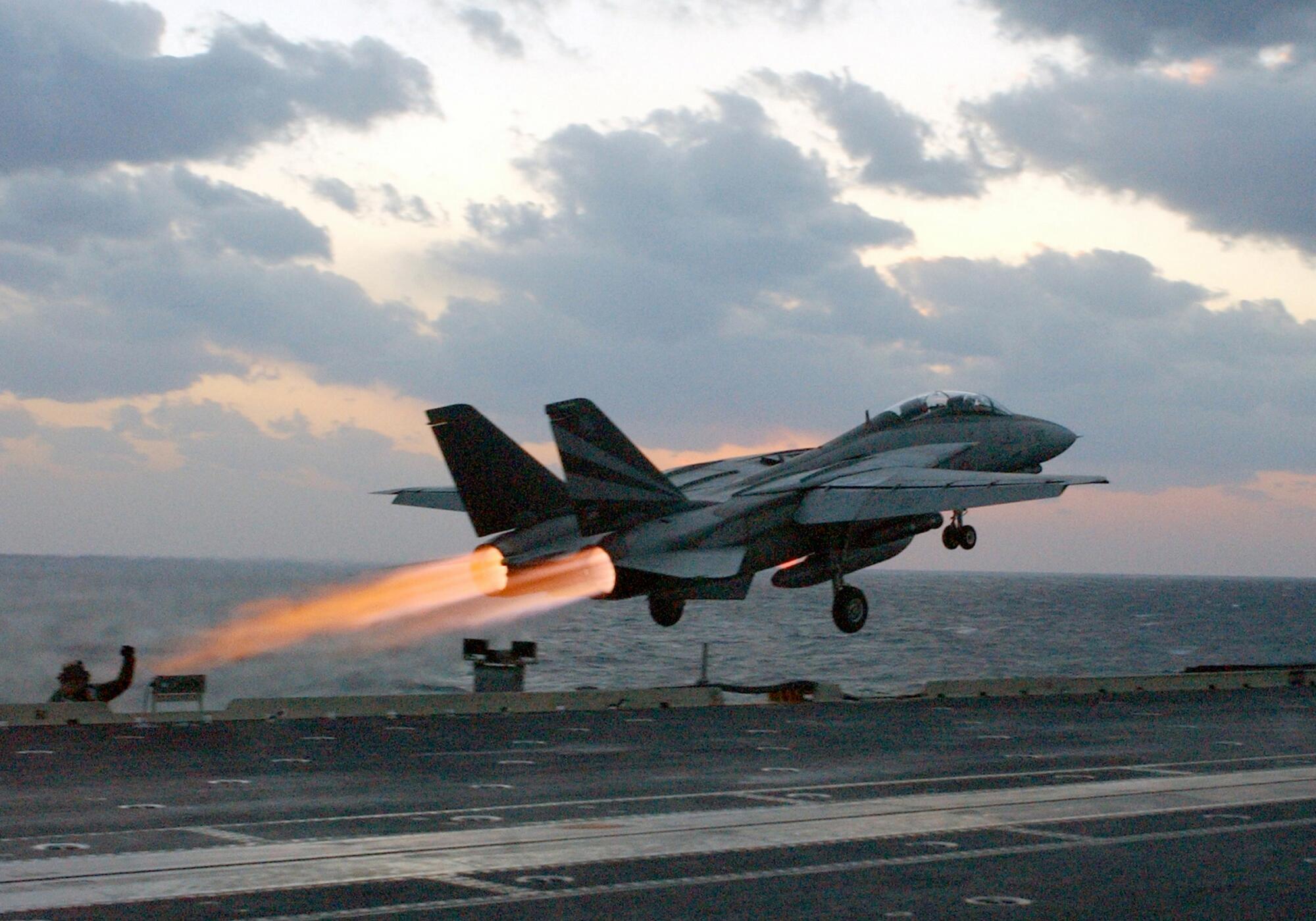
One last look?
The more than 10,000 veteran-strong Kitty Hawk Veteran’s Club group on Facebook saw an uptick in activity when the ship began its final voyage, as former crew members started sharing photos and stories. Many said they were looking for a way to see the ship one more time before it’s scrapped.
Updates tracking the ship’s position on its final journey are shared frequently in the Facebook group. Gordon Shaw, a San Diego veteran of the ship, told the Union-Tribune he’s considering chartering a boat to escort the ship past San Diego.
Saltchuk Marine, the company hired to tow the ship, said the Kitty Hawk will anchor off the coast of Long Beach on Monday and should be visible from the city and from Seal Beach.
“I’m disappointed San Diego and the Navy aren’t doing something to recognize the Kitty Hawk passing by one last time,” Shaw said. “It’s awesome to be in touch with [other veterans] and know that their time on the Kitty Hawk was meaningful and that we have something in common.”
Shaw served on the Kitty Hawk from 1974 to 1975. He said he had a low draft number, which prompted him to volunteer for the Navy rather than risk being sent to Vietnam.
He joined the crew shortly after an engine room fire took the lives of five sailors and injured at least three dozen others, according to the Naval History and Heritage Command. Shaw said connecting to other veterans through the Facebook group made him appreciate what those sailors endured in the wake of the tragedy.
“These young guys went through some really hard events by virtue of their jobs and, honest to God, in my mind, they are heroes,” Shaw said. “There were guys that thought the ship was going to sink. These guys saved the ship.”
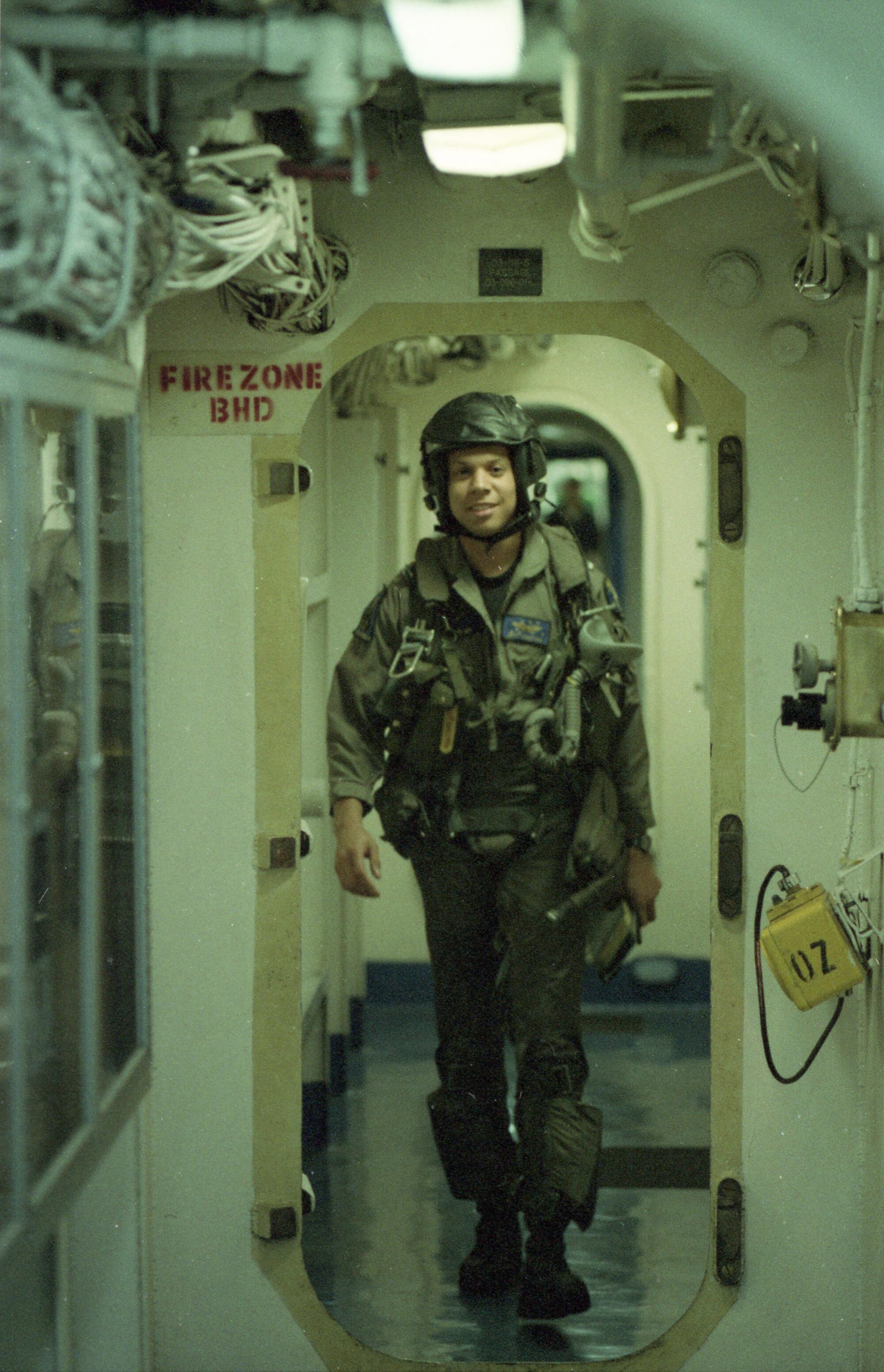
Stephen Sherman, another San Diego Kitty Hawk veteran, worked on the ship’s flight deck as a first responder for aircraft fires. He recalled that on July 11, 1994, an F-14 Tomcat crashed onto the ship’s pitching flight deck, broke in two, and exploded into a fireball.
The two aviators on the jet ejected and landed on the flight deck — one of them in the burning wreckage of the jet. Sherman‘s team jumped into action. He manned a fire hose while his fellow sailors pulled the man out and, although he suffered burns, he eventually recovered, Sherman said.
“It was my first and only command,” he said. “The ship literally brought me to San Diego and I never left.”
All of the sailors who spoke with the Union-Tribune about the Kitty Hawk said they believed it held a unique place in the Navy compared with other ships that have been lost to the scrapyard. Maybe it has something to do with the sheer number of lives touched by the ship over nearly half a century, directly or through the family and friends of those who served on board.
But Parker, the former ship’s captain, said there’s more to it than that.
“Ships are haunted — they hold the soul of the crew,” he said. “The attachment of a ship and a crew maybe transcends rational thought. You invest your energy, your emotion, your friends, your dead friends ... how many hugely emotional events in a sailor’s life are associated with the crew, with the Kitty Hawk?”
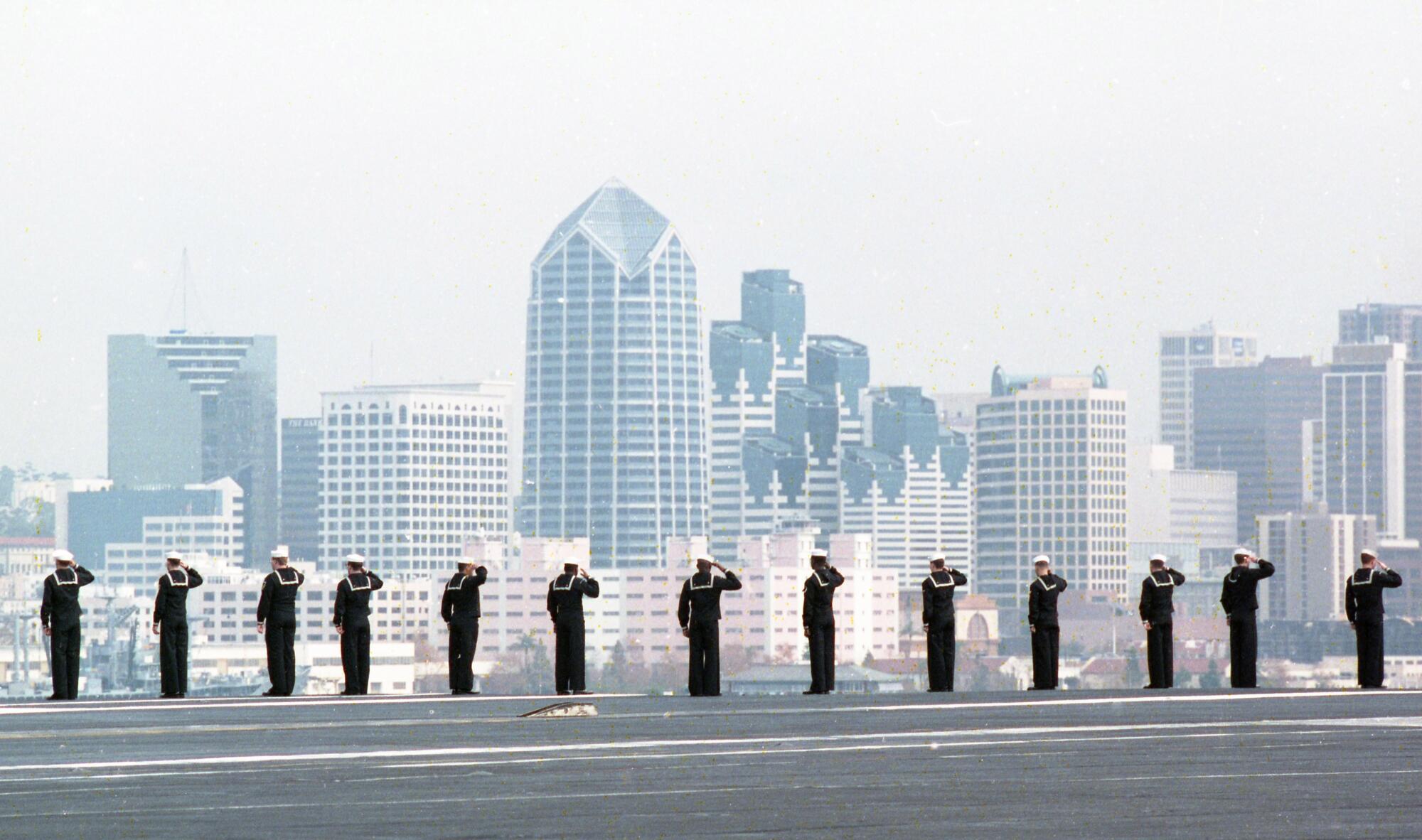
More to Read
Updates
5:39 p.m. Jan. 22, 2022: This story was updated with additional details about the 1994 F-14 crash on the ship’s flight deck.
Sign up for Essential California
The most important California stories and recommendations in your inbox every morning.
You may occasionally receive promotional content from the Los Angeles Times.

